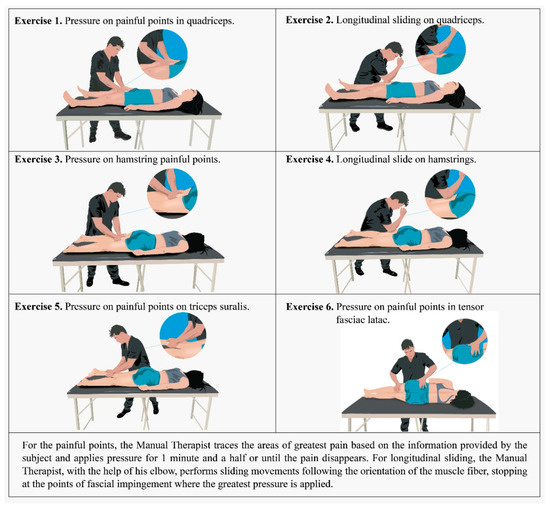Efficient Fascial Treatment Techniques for Therapeutic Practices
Wiki Article
Myofascial release is a rehabilitation technique that focuses on relieving tension in the fascia, which is the connective tissue surrounding muscles and organs. This technique is based on the idea that restriction in the fascia can lead to pain and limited mobility. By applying gentle, sustained pressure to targeted points, therapists can help release these tight spots, allowing for better circulation and enhanced range of motion. This method is particularly beneficial for individuals suffering from chronic pain, athletic injuries, or rehabilitation after surgery, as it promotes healing and enhances overall well-being.
One effective myofascial release technique involves the use of manual pressure to target specific areas of tension. Therapists often use their hands, forearms, or elbows to apply pressure to the fascia, holding it for a few moments until a release is felt. This technique can be performed on original site various parts of the body, including the spine, neck, and lower limbs. Another method is the use of self-massage tools or therapy balls, which individuals can use at home to apply pressure to their own fascia. These tools help to break up adhesions and improve flexibility, making them a valuable addition to any rehabilitation program.

Incorporating myofascial release into a physical therapy program can lead to significant visit improvements in mobility and pain management. Patients often report feeling more at ease and less stressed after sessions, which can enhance their overall well-being. Additionally, myofascial release can complement other therapeutic techniques, such as stretching and strength training, creating a holistic strategy to rehabilitation. By understanding and applying these effective techniques, individuals can take proactive steps toward recovery and maintain a healthier, more dynamic way of living.